Description
The publication highlights the shift from valuing tangible assets (land, buildings, equipment) to intangible assets as the main drivers of competitive advantage in knowledge-based economies. Intellectual Property (IP) rights, stemming from research and innovation, are now critical for universities, research institutes, and science granting councils. However, IP management presents challenges, especially in government funding schemes and collaborative research involving diverse academic institutions, private sector partners, and funders with differing IP policies. Key issues include ownership, access, benefit-sharing, and handling proprietary information. As science granting councils advance knowledge exchange, technology transfer, innovative financing, and research integrity, strong IP management capabilities are essential.

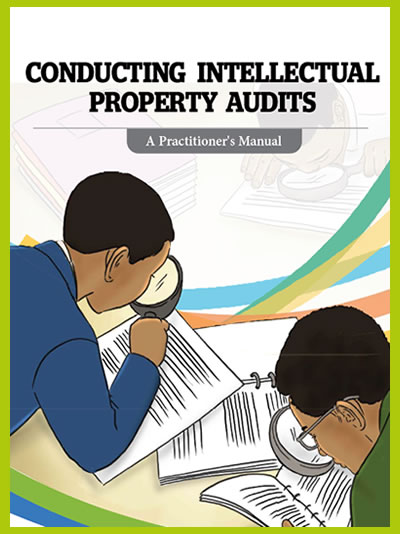
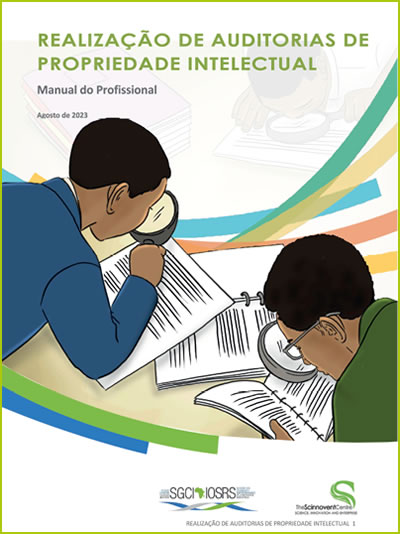
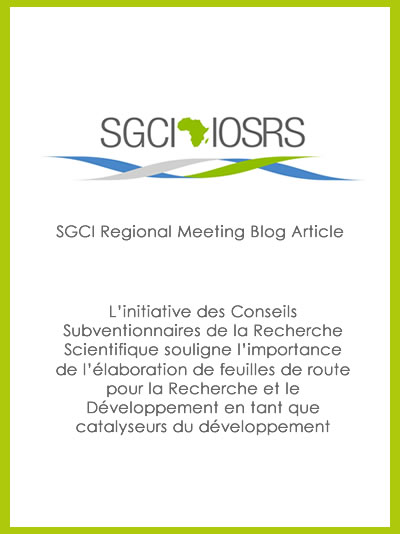

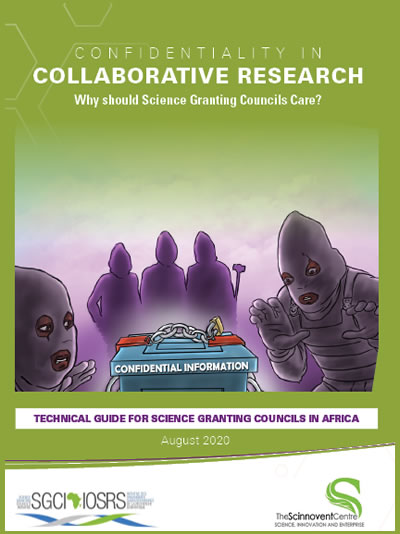
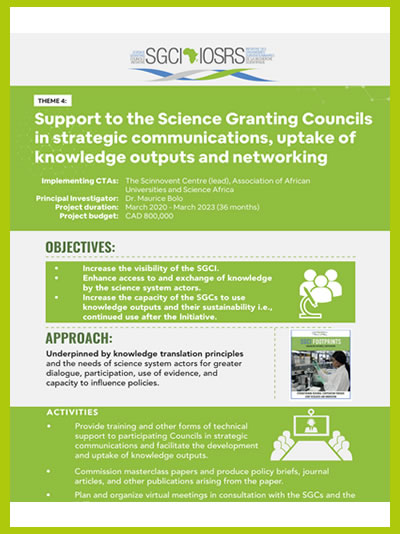
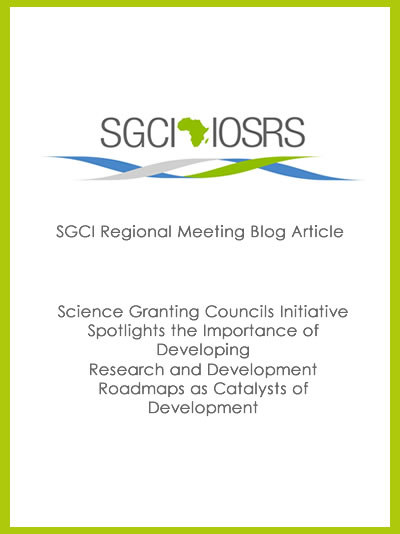
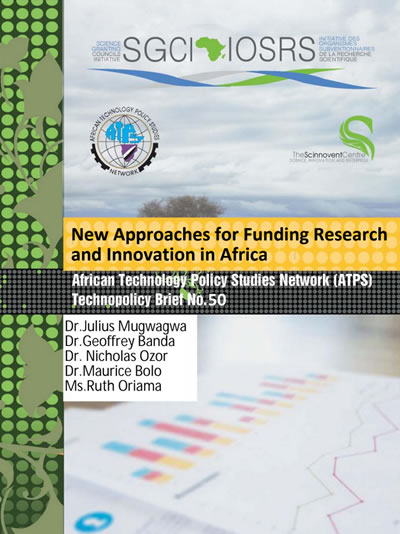
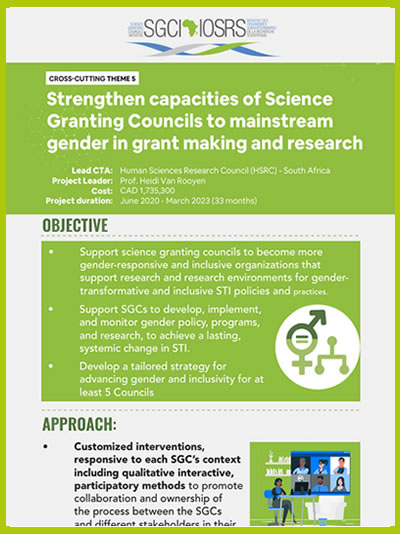
Reviews
There are no reviews yet.